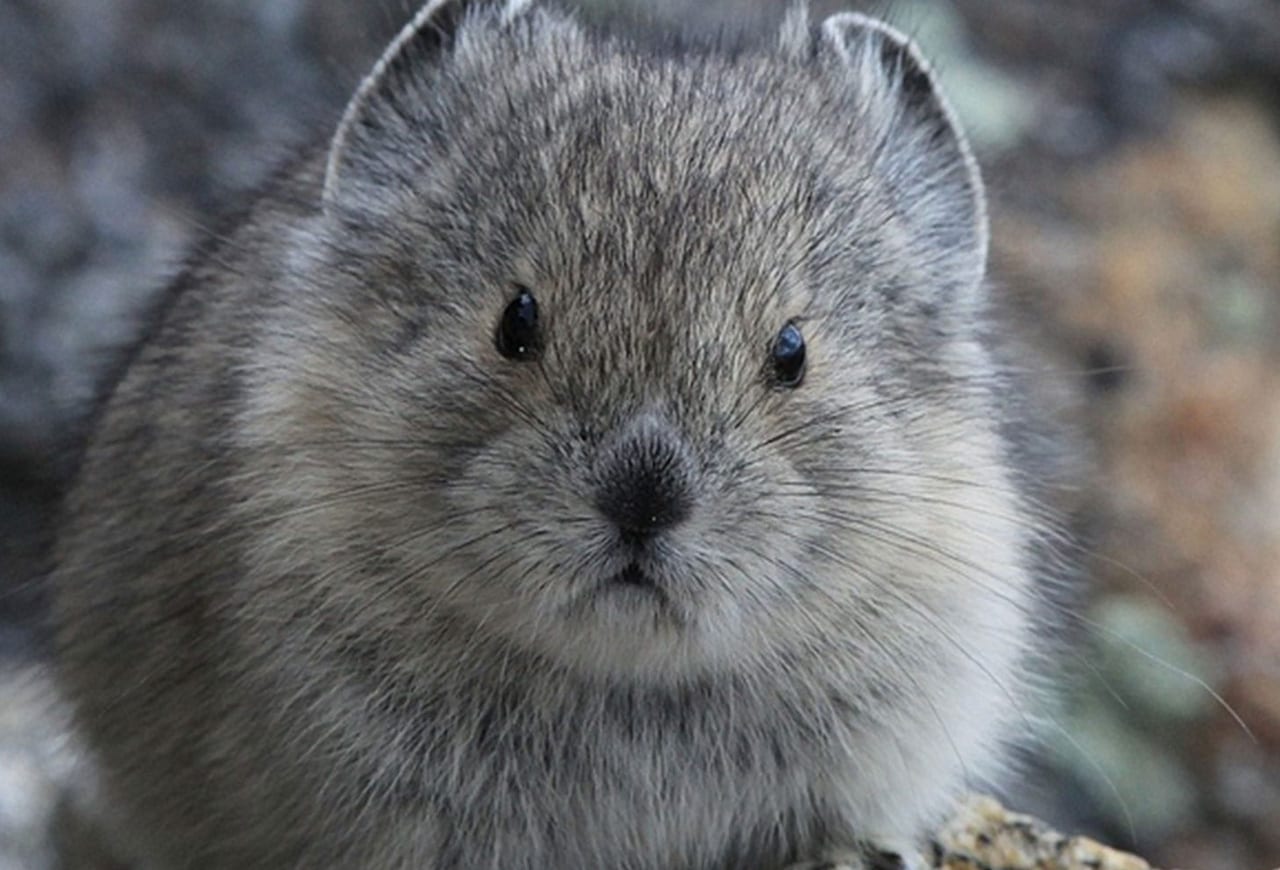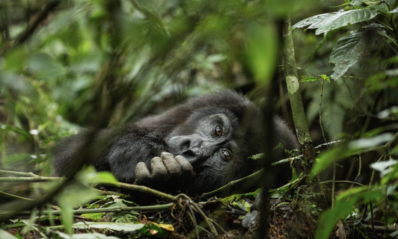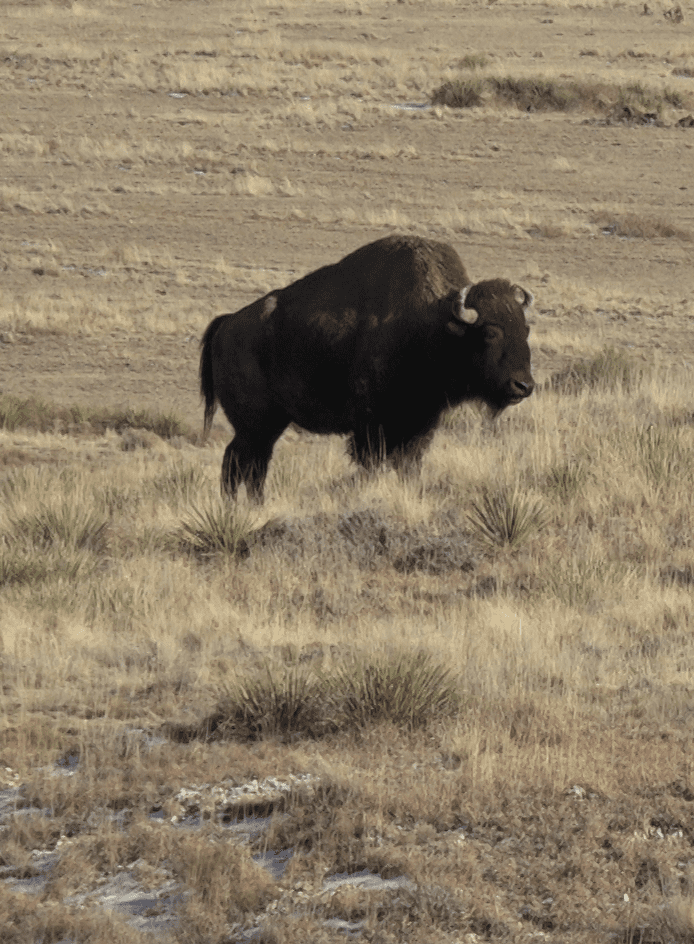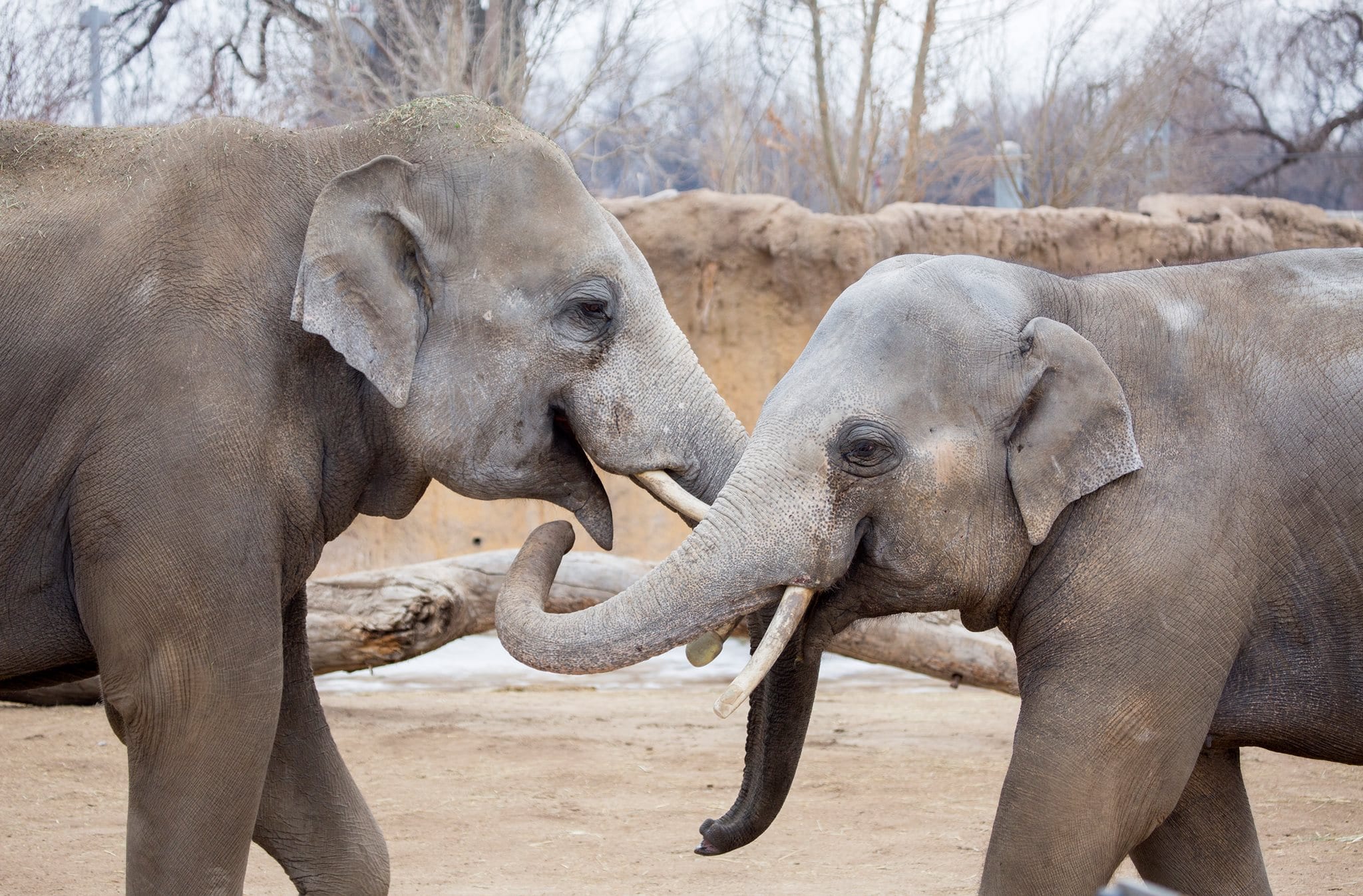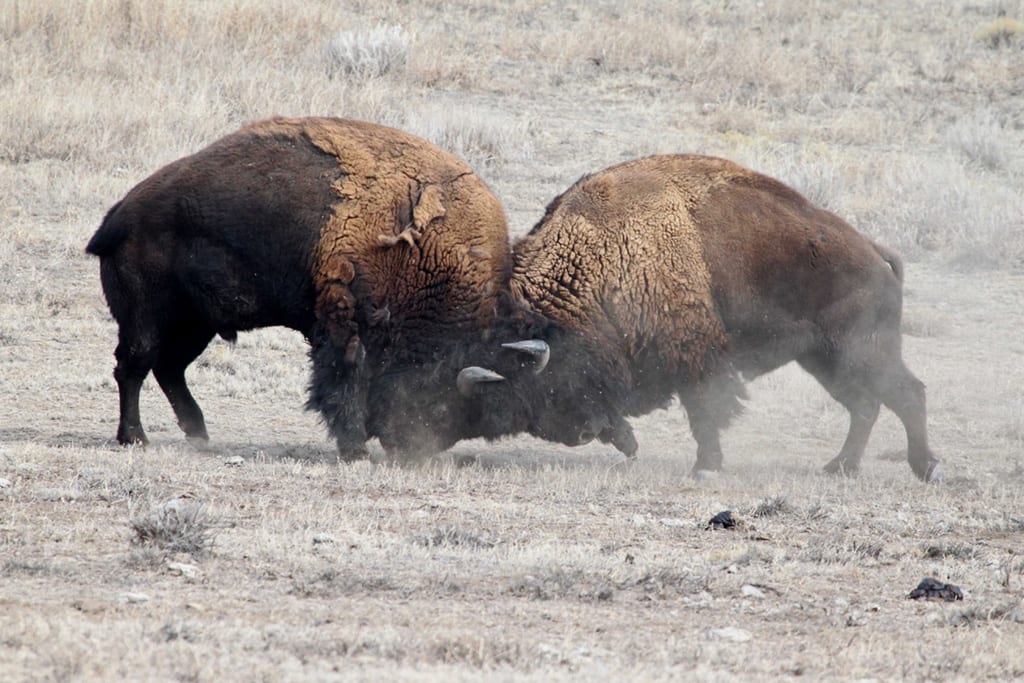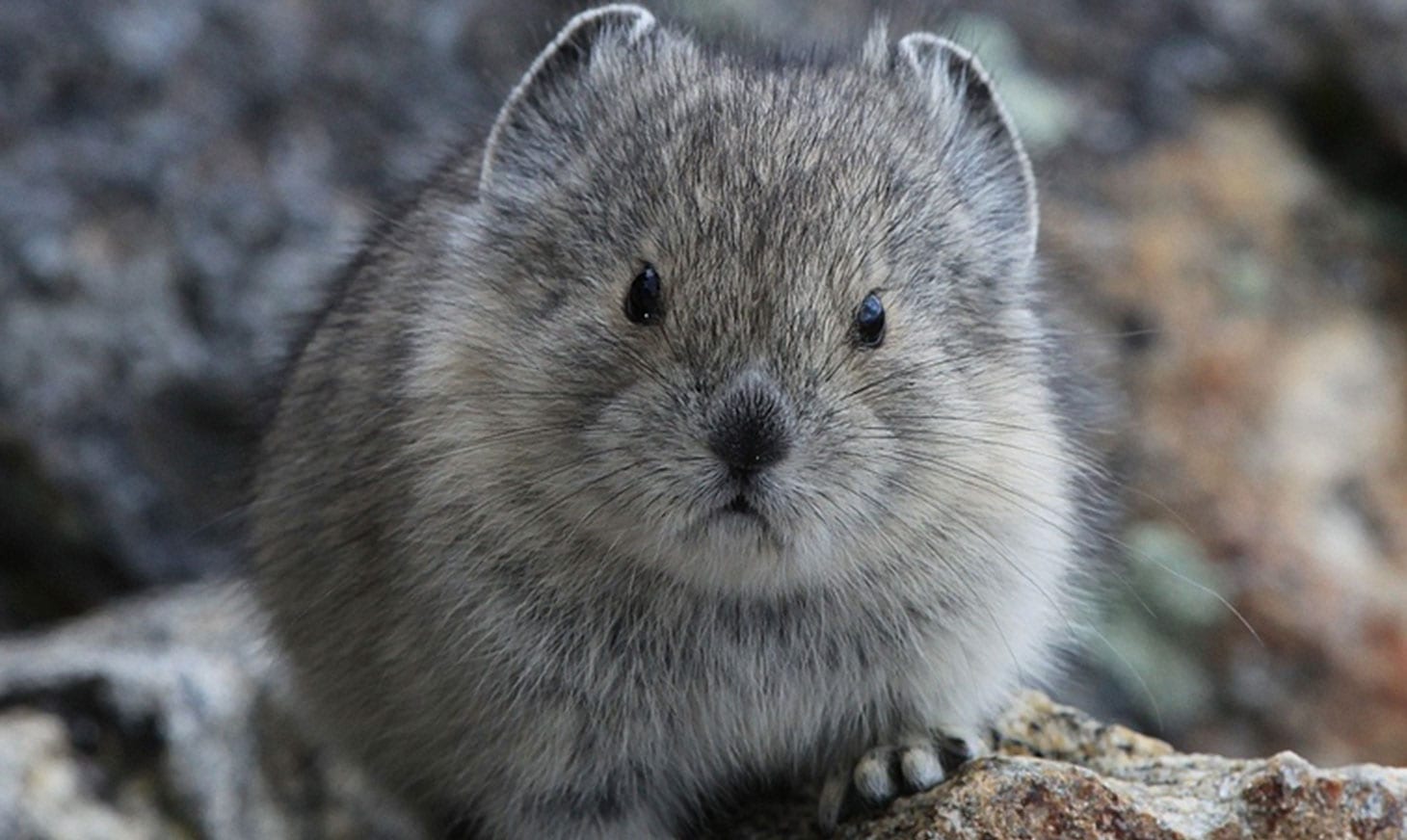One of the cutest critters in Colorado could be in trouble. The American pika, a relative of the rabbit with a tiny tail and iconic “eep” call, may be vulnerable to changes in climate in their alpine homes. Pika rely on the snowpack and cool temperatures their high-elevation habitats offer. As the snowpack melts earlier each year, and summer temperatures rise, biologists are concerned that pikas may be at risk of freezing and more vulnerable to heat stress in the summer. These effects could prove problematic for people, too, as changes in water resources impact what we all depend on downstream.
Canary in the Coal Mine
Pika are what scientists call an “indicator species,” meaning shifts in their numbers can tell us something about how climate change is altering life in the mountains that Coloradans deeply cherish. Over the last decade, we have seen dramatic declines in pika populations across the lower elevation portions of their range, which has been attributed to changes in climate. Although we have not seen evidence of declining pika populations in Colorado to date, pika may be vulnerable to climate change impacts in Colorado in the near future. Despite the increasing concern for this species, there’s not enough data to assess pika’s vulnerability to climate and develop management strategies to conserve pika and their alpine habitats.
Teaming Up
In response to the need for more data on how environmental changes impact pika, Denver Zoo and Rocky Mountain Wild came together to form the Front Range Pika Project (FRPP) in 2010. With the advice of researchers from the University of Colorado, the FRPP brings together citizen scientist volunteers to collect data on pika populations across Colorado. These volunteers are typically experienced backcountry hikers and outdoor enthusiasts (but anyone is welcome to help!), who attend classroom and field training in July, then visit pika territory to gather data between July and October.
Expanding Our Reach
Recent research predicts that Rocky Mountain National Park (RMNP) may see a dramatic reduction in the pika’s habitat by the end of the century due to the impacts of climate variability on alpine ecosystems. Given this projection, RMNP officials asked the FRPP to help collect the data needed to help understand and protect pika habitat.
Passionate volunteers and donors who care about conservation make this all possible. Thanks to our 125 volunteers, we are collecting critically important data. With support from the Dr. Scholl Foundation, FRPP will monitor 40 sites in 2019 (up from 20 sites in 2018) with the goal of expanding to 70+ sites in RMNP in the years ahead. The foundation’s generous support meant that we could recruit and train new volunteer citizen scientists and purchase essential high-altitude gear, including GPS units, manuals and rope for high elevation treks.
We all need to come together to support the conservation of important species. The FRPP is a prime example of how organizations can work together to make a difference. Denver Zoo, Rocky Mountain Wild, Rocky Mountain National Park, The University of Colorado, Colorado State University and the Dr. Scholl Foundation are all in for the tiny American pika. Are you?
Learn more about the Front Range Pika Project and how you can lend your support.
Photos by John Linsley, Dick Orleans and Denver Zoo staff
